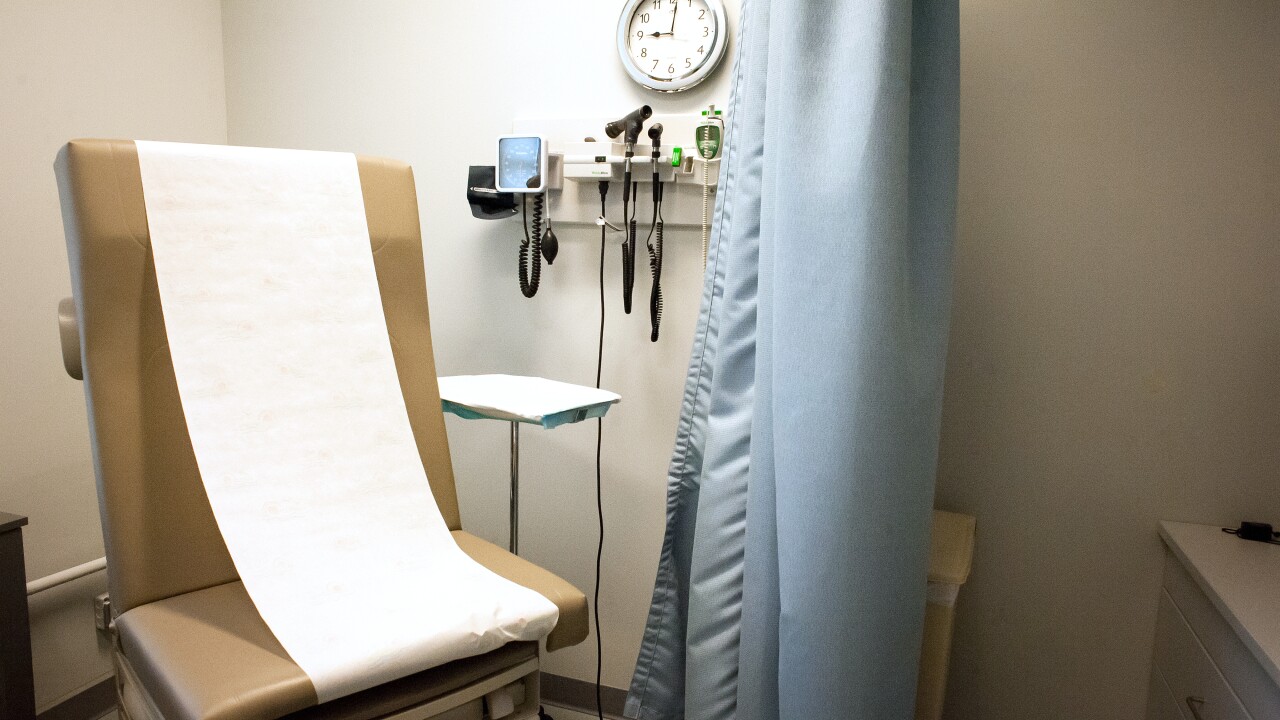As employers continue to eagerly anticipate a time when all employees are back together in the office, the traditional workspace isn’t actually working for everyone — and maybe never has.
“There's a sense that there's something magical that happens when you're physically in a space together, but I don’t know if that’s really true,” says Jennifer Kaufmann-Buhler,
Kaufmann-Buhler says that throughout history, the office has been designed with the intention of
“The idea of an open office plan was, ‘Let’s just take down the walls and that will help people communicate more,’” she says. “Originally, these were lightweight screens and partitions that anyone could move around, and not the much heavier partitions that are wired down, like in today’s offices.”
For people with
“One of the things that’s really come to light [during COVID] is how ableist the office is, in terms of who can move around and the relationship between bodies and the physical environment,” she says. “But architects and designers and upper management who voted that this plan was beneficial keep saying, just adjust to this new reality, just get used to it.”
Read more:
COVID has presented everyone with yet another new reality, and it’s time for employers and office designers to embrace it, Kaufmann-Buhler says. One way to change their perspective is to speak to employees with disabilities and diverse needs at the start of the planning and design process about what would make the office better for them. While employers are held to the standards set by the Americans with Disabilities Act, those accommodations may not work for everyone.
“The ADA is too often implemented in office design as a set of codes overlaid on a design, and becomes a list of exceptions, restrictions, or accommodations, rather than treating access as a critical design concern from the beginning,” she says. “An office that is carefully planned for a wheelchair-user may still be a very hostile environment for an autistic person, for example. These complex and contradictory aspects of access have to be thought through and worked through not for disabled people but with them.”
That also means redefining how the office highlights who matters most, a message that’s historically benefited management-level employees over those who are making the business tick.
Read more:
“There's a long history of prioritizing and privileging certain classes of work and certain classes of workers over others,” she says. “The people who are in the greatest power and have the greatest flexibility, typically have the most leeway and the most choice in their space and the way that they use that space, and the people in the lowest position have the least choice and the least freedom and their movement and their work processes.”
The workplace of the future — whether it’s in a high-rise building or in someone’s living room — should level the scales, Kaufmann-Buhler says, something that’s already been set in motion by the pandemic. It’s well past time for employers to catch up.
“We're seeing a moment in which after years and years of accessibility being treated as an afterthought, we have this benefit where access actually could be a real thing for people with very different life situations or with very different bodily needs,” she says. “Thinking about disabilities, thinking about gender dynamics and gender differences and family needs, there’s so many ways in which the greater flexibility we're seeing at this moment can really be transformative.”






